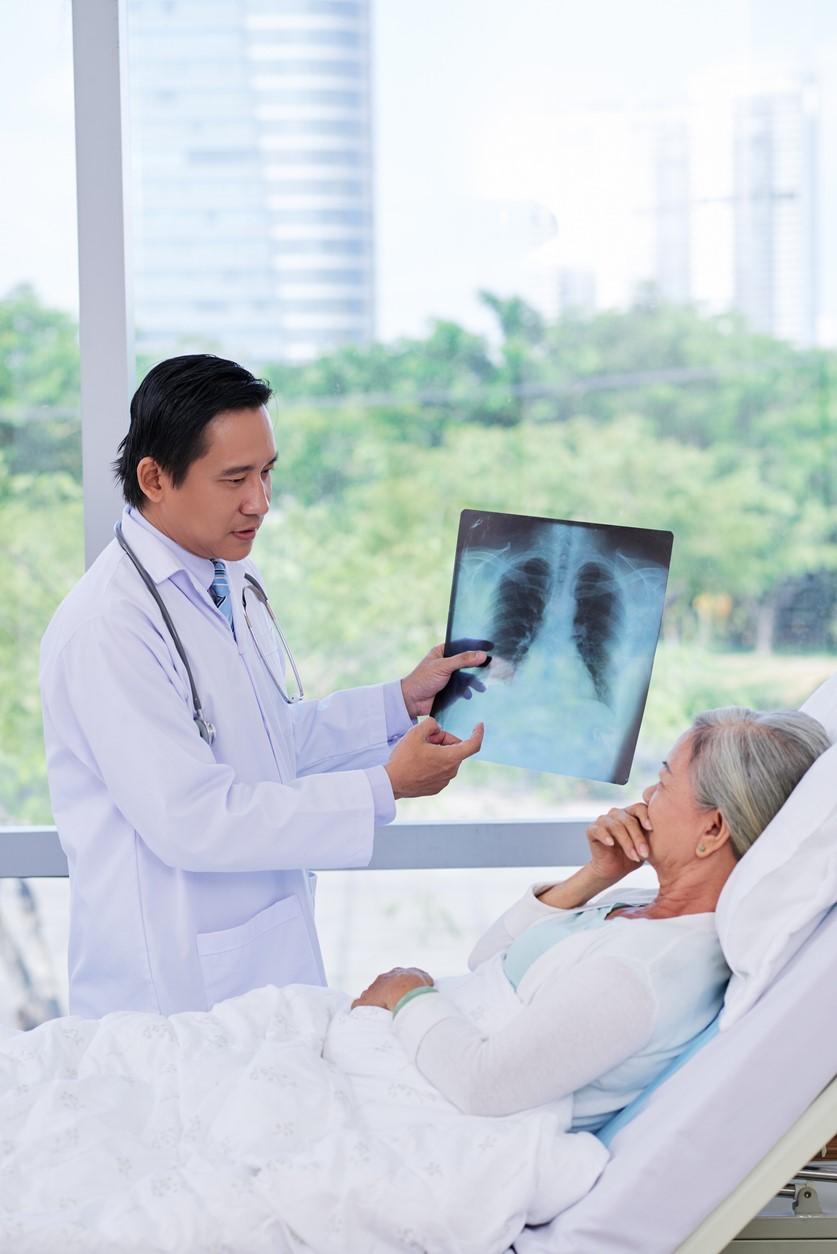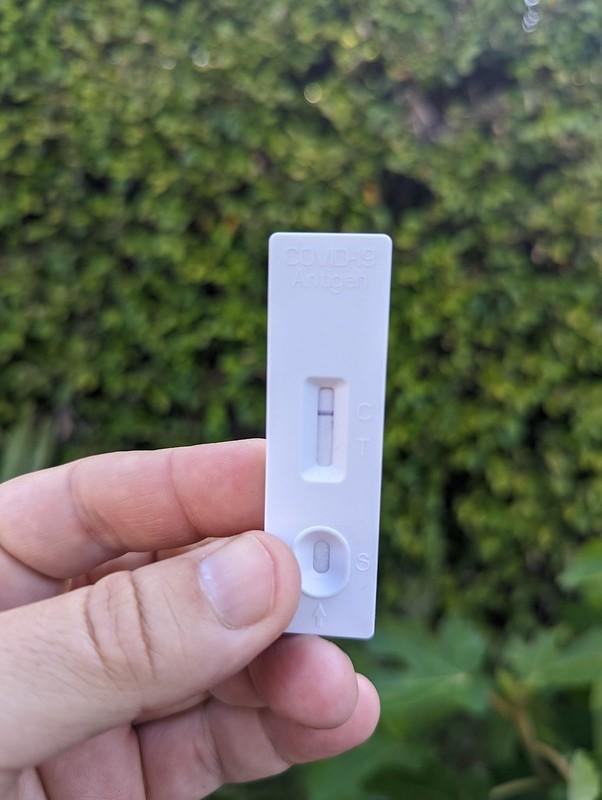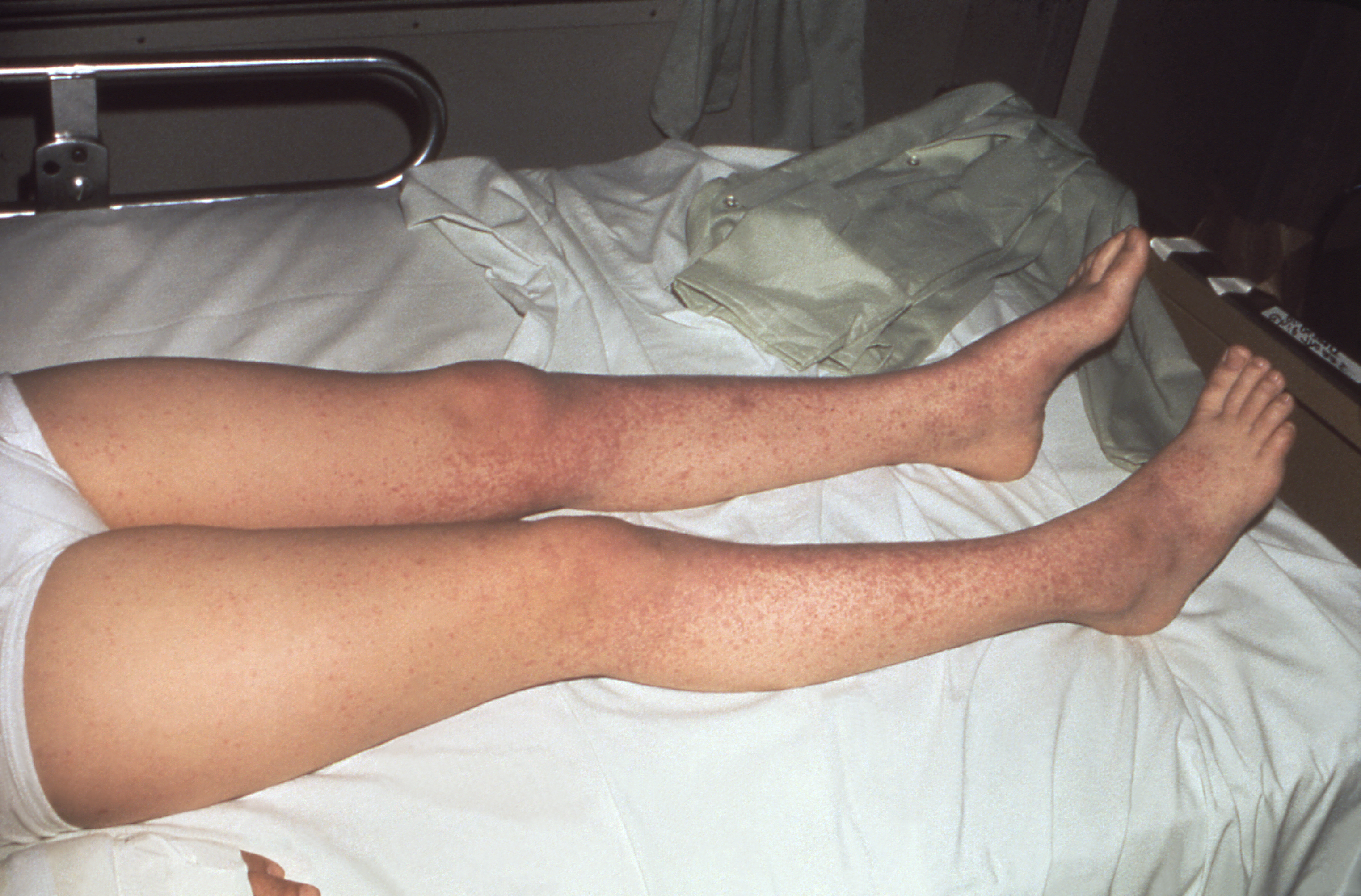
Data from US hospitals highlight the clinical and economic burden of invasive pneumococcal disease (IPD) and non-invasive all-cause pneumonia (ACP), researchers reported yesterday in the International Journal of Infectious Diseases.
Using data collected from 90 large and small US hospitals in urban and rural areas from October 2015 through February 2020, researchers from Merck and from Becton, Dickinson and Company analyzed data on hospitalized adults with an ICD-10 code for IPD, non-invasive ACP, or a positive Streptococcus pneumoniae culture or antigen test. The primary outcomes of interest included in-hospital mortality, length of stay (LOS), costs per admission, and hospital margin per admission. The researchers also analyzed antimicrobial susceptibility data.
Of the 88,182 adult patients (50.7% female) included in the study, 98.6% had non-invasive ACP and 40.2% were younger than 65 years. Of 1,450 culture-positive patients, 37.7% had an isolate that was resistant to one or more antibiotic class. The overall observed hospital mortality rate was 8.3%, median LOS was 6 days, median cost per admission was $9,791, and median hospital margin per admission was $11. Patients with IPD had similar mortality rates and hospital margins compared with non-invasive ACP, but greater LOS and costs per admission.
Age, ICU admission linked to mortality risk
Although older age was associated with higher mortality rates, similar median LOS and costs per admission were observed across all age-groups. In adjusted analyses, the variables with the most impact on in-hospital mortality were intensive care unit admission (odds ratio [OR], 7.19; 95% confidence interval [CI], 6.81 to 7.59) and being older than 75 (OR, 4.27; 95% CI, 3.81 to 4.78). Other significant variables included being older than 50, prior 90-day admission, high or moderate risk for pneumococcal disease, and Medicare or "other" insurance.
"Our study demonstrates that adults with IPD and non-invasive ACP are at risk for poor health outcomes," the study authors wrote. "A combined approach to reducing disease incidence, including expanded vaccination programs, improved diagnostics, new anti-pneumococcal antibiotics, and targeted stewardship programs, may be needed to reduce the burden of this disease."

















